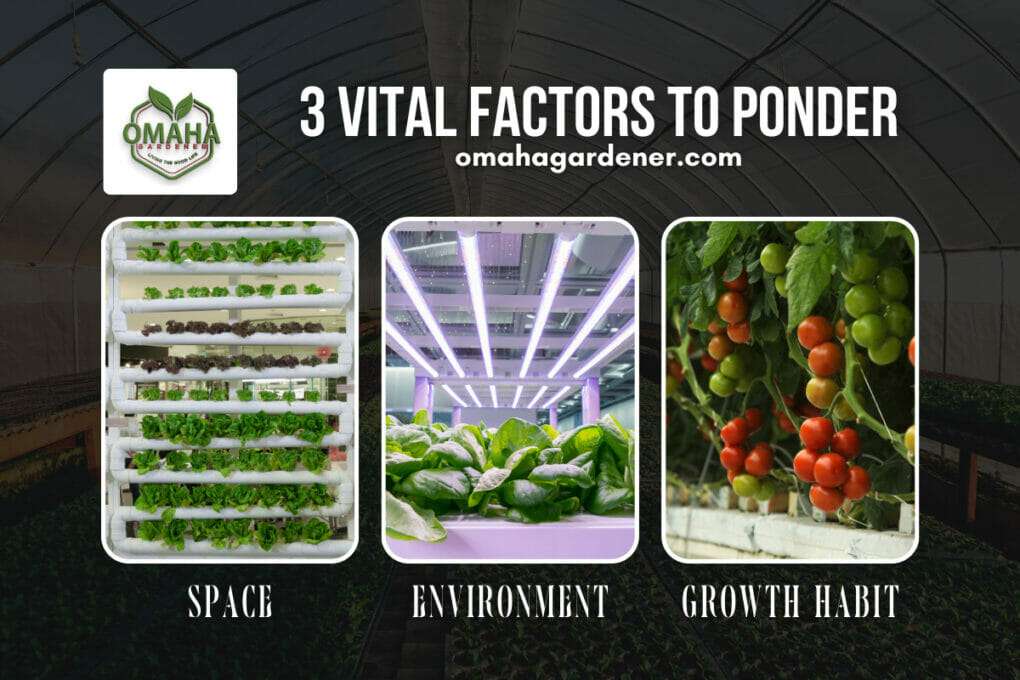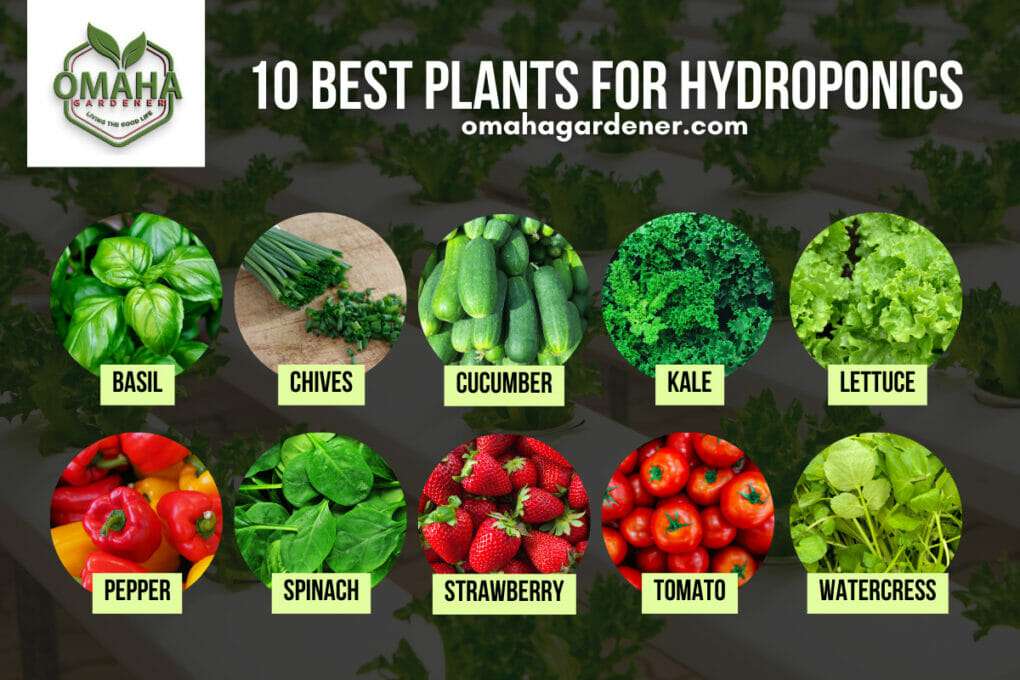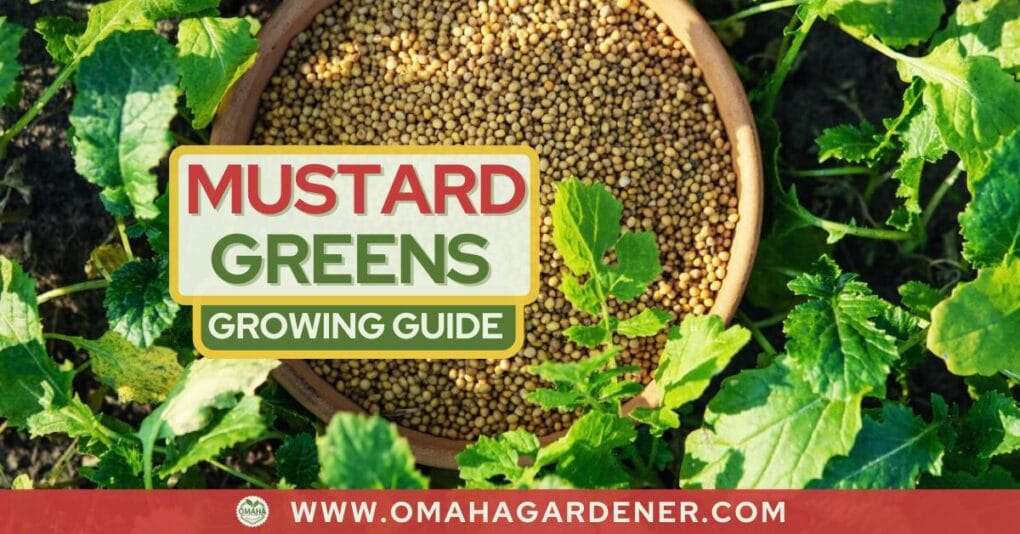Starting a hydroponic garden is pretty much like starting a great new adventure — you never know what awesome plant buddies you'll end up growing until you try it.
The finest hydroponic plants are those that demand less room, come with manageable environmental needs, and flaunt uncomplicated growth habits. And I get it because I've been there, too, sorting through all the options until I found the winners. So if you're looking to get straight to the good stuff without trial and error, you're in the right place. I'm here to guide you through picking the best plants to make your hydroponic setup successful. Let's get growing!
Table of Contents
Mastering Hydroponic Plant Selection: 3 Vital Factors to Ponder

3 Vital Factors to Ponder in Selecting a Hydroponic Plant
Before you dive into this horticultural adventure, know that hydroponic gardening requires three cornerstone considerations that will shape your hydroponic success story. Here are the factors to consider when choosing plants you can grow in a hydroponic system.
1. Plants That Occupy Space
Imagine having a mini paradise of plants right in your cozy home. With hydroponics, you can grow plants without soil and enjoy greenery even in tight spaces. One important thing to think about is how much room the plants need.
Think about taking care of really tall plants in a small plant setup – not such a good idea. The trick is to pick plants that like cozy spaces. Your hydroponics system is perfect for small plants, so you can create a little garden retreat that's a treat for your eyes and senses.
2. Environmental Factors Needed by Your Plants
For hydroponic growth to thrive, it's crucial to have the ability to easily control the environmental conditions like pH levels, temperature, nutrients, and light.
Picture your hydroponic garden as a stage, where every condition must perform in harmonious synchrony. The pH, nutrients, temperature, and even the gentle caress of light are your instruments, and your green performers depend on this orchestrated ballet for their vitality. A thriving hydroponic garden must meticulously be composed within the best controlled conditions.
3. Hydroponic Plant Growth Habits
Plants that like to climb or grow really tall aren't the best hydroponic plants. When you're thinking about growing plants in this way, you have to pay attention to how big they get. For example, plants that like to crawl along need something to hold onto. So, if you want to grow climbing plants, you'll need to set up something for them to climb on, like a special frame called a trellis.
These frames are like extra structures that guide the plant as it grows in your indoor hydroponic system. You can make them from things like plastic pipes or natural materials such as bamboo or moss. Here's a handy tip: Before you decide to grow a specific plant, you should have an idea of how it will grow in size.
Ask yourself: How tall will this plant be after one month? What about after three months? And during that time, will I still be able to control things like its pH level, how warm it is, the nutrients it gets, the little climate around it, and the light it gets? If you can say yes to all those things, then you can go ahead and try growing that plant using hydroponics. If not, it might be better to think about other options.
10 Best Plants to Grow in Hydroponic Gardening

10 Best Plants for Hydroponic Gardening
1. Basil
Guess what? Basil is an easy-to-grow plant, the speed racer of the hydroponic world – it can go from tiny sprout to full-grown in just 28 days! Easy to grow! But, here's the deal: basil loves sunlight and comfy temps to grow its best.
Now, here's where it gets interesting. You know how plants soak up sunlight, right? Well, in hydroponics, we can purchase some grow lights called LED grow lights to give basil all the sunshine it needs. And as for temperature, you're in control! If you're growing indoors, you can make sure it's not too hot or too cold. You can even use cool things like grow tents or greenhouses to create the perfect cozy environment.
The coolest part? Once basil grows up and becomes all mature, get ready for a daily harvest! Yup, you heard that right. You'll have fresh basil right at your fingertips whenever you need it. How amazing is that?
2. Chives
Get ready to meet chives – the tough cookie of the hydroponic world! These little champs can handle not getting too much water and they're like the weather superheroes, thriving in all kinds of temperatures, whether it's chilly or hot.
You know what's neat? Hydroponic gardeners love picking chives for floating raft systems. It's like they have a great teamwork spirit with other plants. Imagine growing chives and their plant pals together on these floating rafts – they get along famously!
Here's a cool fact: chives don't take forever to grow. In less than 60 days, they're ready for you to enjoy. And the fun doesn't stop there – you can actually keep harvesting them every 4 weeks! So, it's like a never-ending supply of fresh chives.
But here's where it gets even cooler. You can multiply your chive plants using a trick called division. It's like magic – you just split one chive plant into two or more parts, pop them into different hydroponic cups, and ta-da! They'll keep growing strong. It's like making more friends for your garden without much effort.
3. Cucumber
People who love to grow with hydroponics put cucumbers as an option for hydroponic gardening because they grow pretty quickly. You can pick them off the plant after they've been hanging out for about 75 to 90 days.
Now, here's a nifty trick to make sure your cucumber plants give you lots of delicious veggies. It's called hand-pollinating. Sounds fancy, right? But it's actually super simple. All you need is a tiny paintbrush or a cotton swab (you know, those things you use to clean your ears). Just touch the inside of one flower and then touch the inside of another flower – it's like helping them make baby cucumbers! This little act can make your cucumber plants give you even more yummy cucumbers to enjoy.
4. Kale
Meet kale, this plant isn't fussy when it comes to temperature which is why it is also a popular hydroponic plant.
But here's where it gets even cooler. Kale isn't just a pretty face in your garden – it's a nutritional powerhouse! It's packed with vitamins like A, K, and C, plus good stuff like folate, potassium, calcium, and magnesium. And guess what? It's got dietary fiber too, which is like a superhero for your digestion.
And that's not all – kale doesn't believe in taking forever to grow. In just around 45 days, you can pluck those vibrant leaves and enjoy them – making your hydroponic journey worthwhile. So, not only is it a breeze to grow, but it's also a feast for your taste buds and your health!
5. Lettuce
If you're growing plants without soil, lettuce is one of the best vegetables to grow hydroponically. You can grow it in all sorts of hydroponic growing systems: nutrient film technique, deep water culture, ebb and flow systems, and even wick systems. It's super versatile!
Here's the cool part: when lettuces grow in a hydroponic system, it grows about 50% faster than if it was in the ground. And it doesn't matter whether you're using indoor lights or the sun's rays outside.
Let me tell you why lettuce is like a match made in heaven for hydroponics and is grown in commercial hydroponic production. It's got shallow roots and doesn't grow too tall – kinda like the perfect fit for smaller hydroponic setups. So, if you're working with limited space, lettuce is your go-to green buddy!
6. Pepper
Get ready for a pepper party as you grow in hydroponics. If you're into deep water culture, then peppers are your new buddies. They do great in this setup and is one of the easiest vegetables to grow.
But here's the thing – peppers are like the divas of the hydroponic cultivation. They like to be pampered with constant pruning and care, but guess what? They totally repay hydroponic hobbyists and commercial growers with fantastic harvests of yummy peppers.
Now, let's talk about their fancy light requirements, which is one of the factors a hydroponic gardener must consider. Peppers are like sun-lovers, so they need a lot of light – around 14 to 18 hours every day. You might think, “Wow, that's a lot of light!” If you're worried about the cost of all that extra light, no worries! Some smart folks found that growing bell peppers in areas with a bit of shade also works great. So, you've got options – go bright with lights or let them bask in the shade. It's all about keeping those peppers happy!
7. Spinach
Let's talk about spinach – another plant grown widely by hydroponic hobbyists. It loves to be in water that's full of oxygen, which is like its favorite spa treatment. So, if you're using a hydroponic system that's always bubbling with air, spinach will be over the moon!
And here's the exciting part: if you're the impatient type (in a good way!), spinach is your best friend. You can pick it and enjoy it in just about 20 days after planting. How cool is that?
Now, for the secret sauce: if you want your spinach to grow like a superstar, go for the nutrient film technique, also known as NFT. It's like giving your spinach the VIP treatment – it'll grow the best and tastiest leaves ever. So, get ready for some speedy, healthy, and delicious spinach in your hydroponic setup!
8. Strawberry
Usually, we find strawberries in places with cooler weather, but guess what? Hydroponics is like a weather wizard, it can also make strawberries easy to grow hydroponically. You can make the perfect conditions for strawberries to thrive, even if it's not frosty outside.
Here's the trick: strawberries like to chill around 70°F. You can totally nail that by growing them indoors, in a special plant space (they call it a grow room), or even in grow tents. It's like creating a cozy spot just for them. And here's the big reveal: it takes about 60 days from the beginning till you can harvest those homegrown strawberries. Imagine plucking your very own strawberries – it's like a sweet reward for a little bit of plant magic!
9. Tomato
There are many different kinds of tomatoes, and most of them grow fast in a hydroponic system. It's like they're made for hydroponics! Tomatoes can stand tall in hydroponics, especially in deep water culture systems with clay pebbles as a growing medium. Even though they grow big, there's a smart way to support them.
Here's the cool part: When you grow tomatoes in special setups with controlled conditions, chances are, pests and diseases will not bother them much.
And guess what? If you're growing tomatoes indoors, just make sure they need a good 8 hours of light every day. So, setting up some extra light for them is like giving them their daily dose of sunshine.
10. Watercress
Watercress is like your laid-back friend. It's totally fine with warm temperatures and can keep on going no matter the season.
Watercress also grows best in Kratky hydroponics. With Kratky, you don't need fancy pumps or anything. The plants just hang out in the water, and they grow like crazy. It's like hydroponic magic without all the fuss!
Are you in search of an indoor tabletop hydroponics system. If so, check out the iDOO Hydroponics Growing System, 12pods Indoor Garden Plant Germination Kit with LED Grow Light, Auto Timer, Fan, Adjustable Height Hydrophonic Planter.
FAQs – Best Plants For Hydroponics
Can I grow any plant hydroponically?
While many plants thrive in hydroponic systems, some are better suited for soil due to their growth habits and environmental needs. The best thing to do is always to research the specific requirements of your desired plants to ensure successful growth.
Do I need to buy special equipment to grow hydroponically?
Yes, hydroponic gardening requires specific equipment like containers, nutrient solutions, and possibly grow lights. The type of system you choose will determine the necessary components. Start with a basic setup and gradually expand as you become more familiar with the process.
How often do I need to monitor my hydroponic system?
Regular monitoring is crucial. Check nutrient levels, pH, water temperature, and light conditions daily or as recommended for the specific plants you're growing. Monitoring ensures your plants receive optimal conditions for healthy growth and helps you catch any issues early on.
Conclusion
So there you have it – our exploration of hydroponics comes to an end, but not without leaving us with a load of cool stuff to remember. We learned that different plants can rock hydroponic systems, like lettuce that loves cozy spaces, and tomatoes, that can strut their stuff in water. Peppers are the drama queens, needing lots of light and comfy conditions, while spinach is like a water-loving champ.
Enhancing the plants' environment is not only limited to their presence. We have discovered the secret to mastering their surroundings. Introducing additional light brings immense joy to indoor plants, while regulating temperature prevents any adverse effects and ensures their flourishing.
Armed with these secrets, we're all set to dive into our own hydroponic adventures. Imagine having your own garden where plants grow like crazy, all thanks to a bit of science and some good old gardening magic!
Looking to learn more? Read this: 7 Key Factors to Master in Hydroponic Gardening


